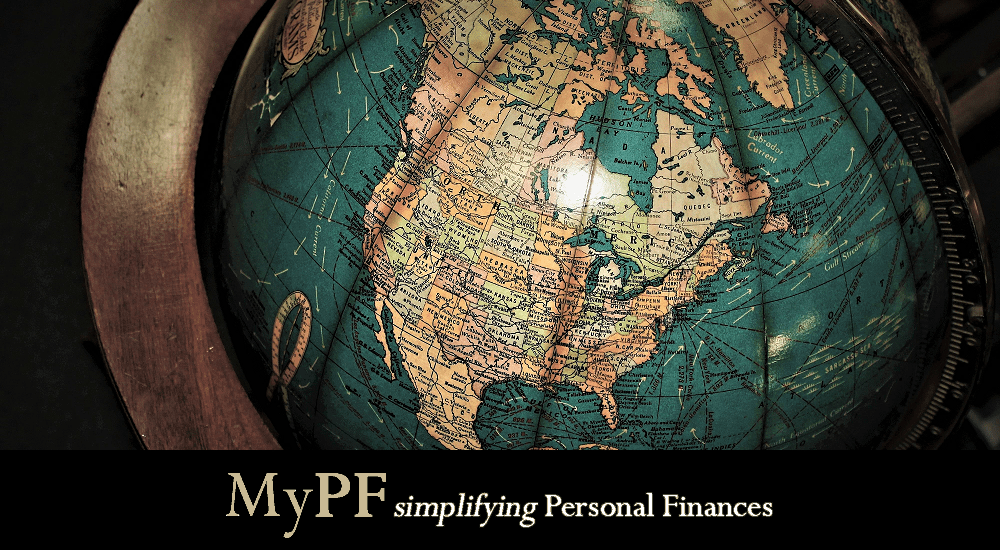Stashaway has added more asset types and geographies in order to expand Stashaway’s options to deliver even more intelligent diversification to your investments. What does this mean for you? The original version of this article was published on StashAway.my.
In seeking ways to introduce even more innovative solutions to help you achieve your long-term financial goals, Stashaway is pleased to announce that they are introducing additional differentiated asset classes to your portfolios. With this re-optimisation, Stashaway is adding more asset types and geographies in order to expand their system’s options to deliver even more intelligent diversification to your investments. If you have auto-reoptimisation on, Stashaway will execute the trades once you review the changes. If you have auto-reoptimisation off, then you will need to confirm this change manually.
Contents
The introduction of 13 new asset classes
Stashaway’s system will now have 32 asset classes from which to choose when building your portfolios (previously, selected 19 asset types). These additions increase your potential exposure to more asset classes and geographies so you can seek returns from even more investment pockets depending on the economic environment.
Commodity-exporting countries have been added, such as Canada and Australia; and, Stashaway has expanded equity sectors to include healthcare, energy, and finance. Their scope has also widened in fixed income, including more bonds, such as international treasury bonds. Finally, there is also an introduction to some interesting asset classes, such as Emerging Market bonds, global ex-US REITs, floating-rate bonds, and global ex-US inflation-linked bonds. Here’s the full list of assets that Stashaway’s system considers.
Globally-diversified portfolios are key for long-term investing
An intelligently globally-diversified portfolio exposes an investor to more pockets of returns from less correlated asset classes, sectors, structures, and parts of the world. This diversification is more important than ever, as we’re seeing firsthand how the growth of different economies can diverge from each other: Today, the US economy remains solid while export-oriented countries’ economies, such as South Korea and Singapore, are slowing. Some attribute this slowdown to the disruptions brought about by the US-China trade war. Others believe that the cyclical slowdown was already in place before the trade war. Regardless of the cause of the slowdown, the key takeaway is that economies don’t grow or contract in tandem. So, to maximise your exposure to growth, you now have even more geographies, sectors, and asset classes in your portfolios.
What does this mean for your investments?
These new asset types are now part of the wider selection from which our system can select in order to best equip your investments depending on the economic environment.
In the short term, you won’t see every single one of these assets and geographies in your portfolio at once; in fact, you will still have the same number of asset types (between 7 and 12 asset classes) in your portfolio.
Going forward, your portfolios will have even more power to face economic conditions. Over time, as the economic regime changes and your portfolios re-optimise, you’ll see a range of asset classes rotate in and out your portfolio to protect your capital and increase your long-term returns.
As with any rebalancing or re-optimisation, there will be a few transaction costs that Stashaway covers, as they always do. In other words, this re-optimisation doesn’t cost you a thing.
A reminder of Stashaway’s focus on risk management
Stashaway’s investment framework, ERAA® (Economic Regime-based Asset Allocation), looks at two major types of economic indicators: growth and inflation. Your returns are derived from the economy’s ability to grow, while inflation works in opposition to growth, as it dilutes the purchasing power of these returns. At Stashaway, their system constantly monitors and evaluates macroeconomic data and leading indicators to understand where the economy is heading, and at what pace.
Ultimately, an investor’s mid-to-long-term performance is driven by economic data, and so by following these economic signals, ERAA® reduces your investment’s exposure to large and long drawdowns (bear markets), and maximises returns’ growth when the economy is doing well, given your own target risk level.
At Stashaway, their system monitors economic data, and then sets target allocations to reflect the economic environment, as each asset’s returns and volatility behave differently in different economic environments, and so do correlations across different asset classes. To enhance risk-adjusted returns for our customers, StashAway adapts each portfolio’s asset allocations to medium-term economic cycles by harnessing each asset’s characteristic behaviour in the given regime.
The ultimate goal is to deliver competitive returns at the appropriate level of risk and at a fraction of the cost incurred by traditional strategies.
If you have any questions, you can reach out to Stashaway’s client engagement team support@stashaway.my, or call or WhatsApp Stashaway at +60 3 9212 8536 Mon-Fri 9:00 AM-6:00 PM MYT (excluding public holidays). On WhatsApp, you will hear back from them in 1-2 business days.
Signup for Stashaway
Account opening link: Stashaway.my
Exclusive MyPF x StashAway signup promotion with 100% fees waived! No minimum investment amount needed for initial signup.
You May Also Like
- How to StashAway
- Introducing Malaysia’s First Robo Advisory, StashAway
- The Best Offence Is a Strong Defence, Even in Investing
- StashAway x MyPF Promo
What are your thoughts on Stashaway’s latest re-optimization?






Leave A Comment